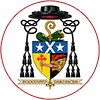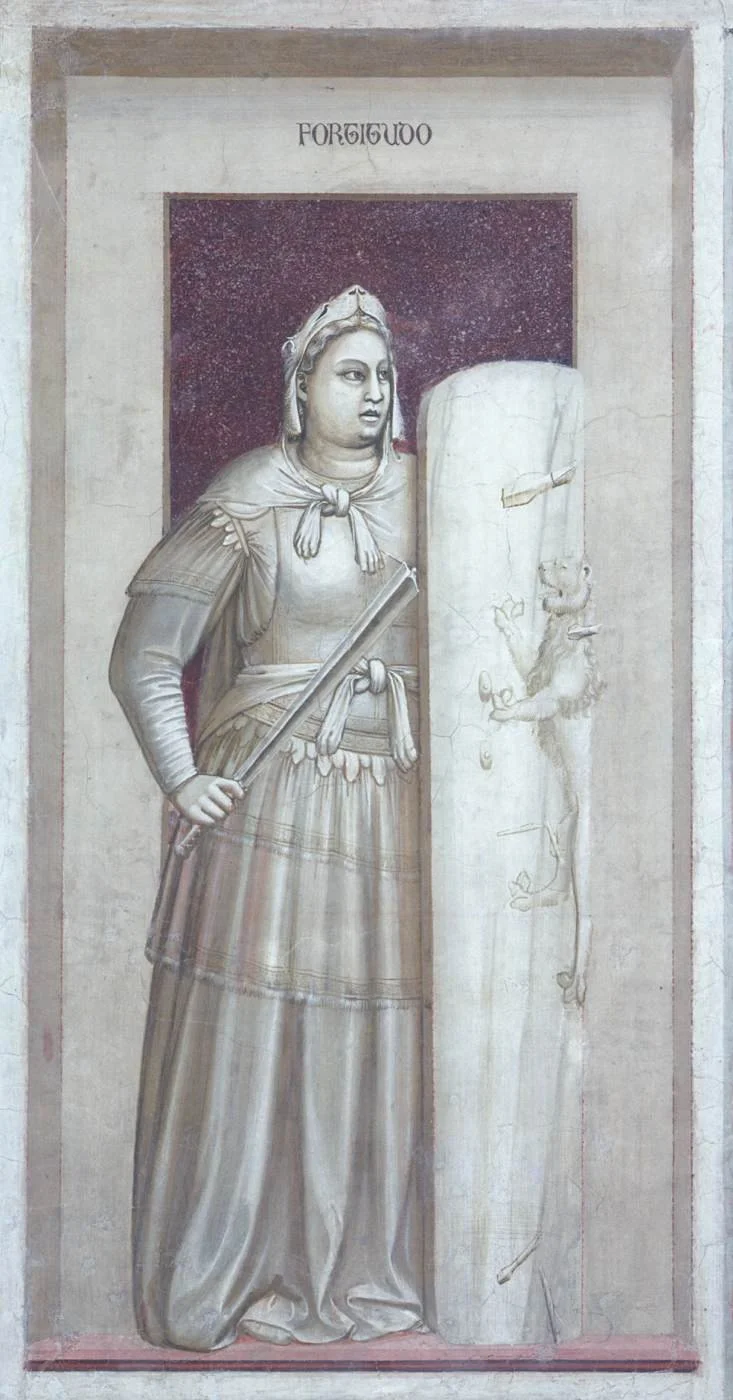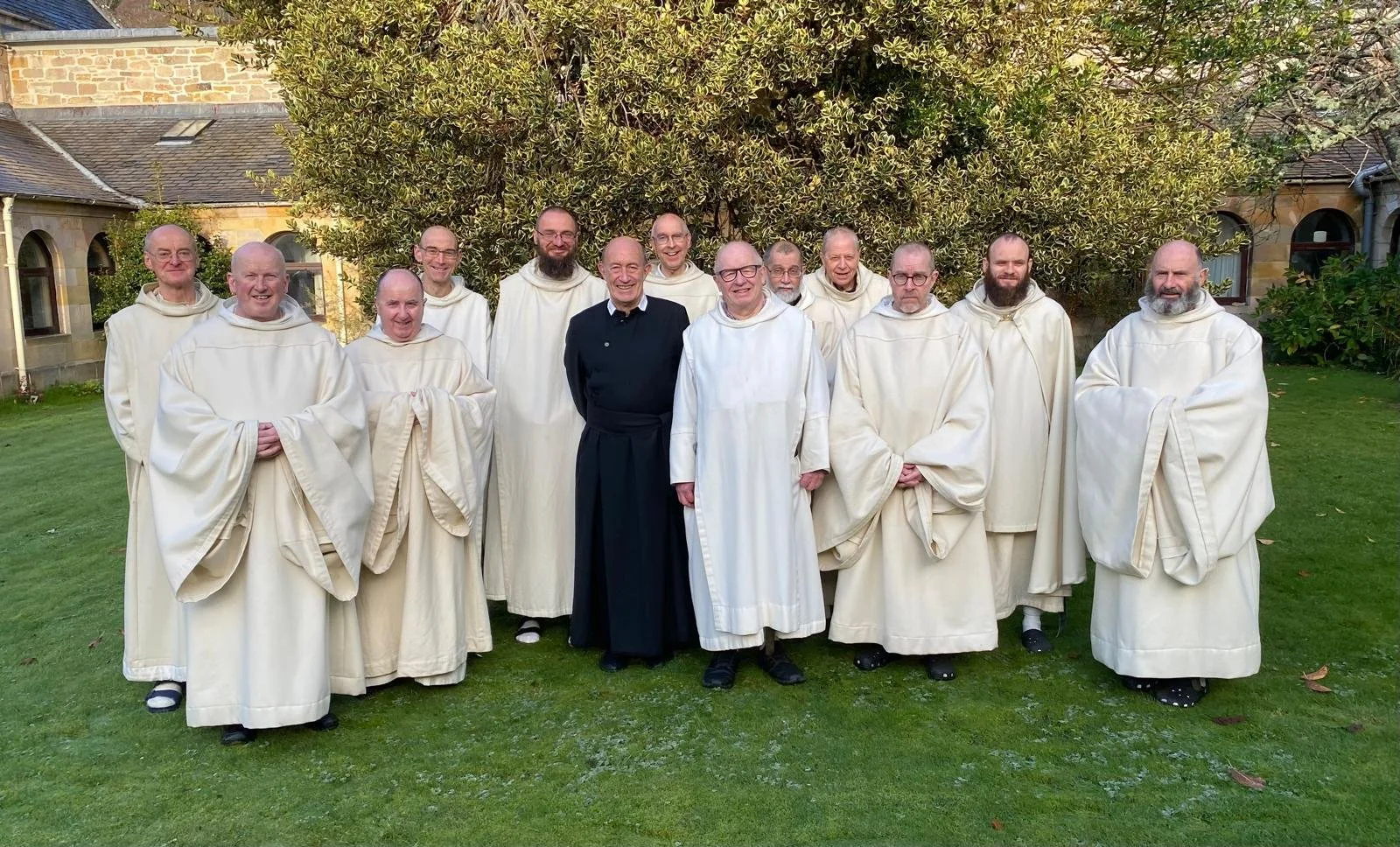The Community retreat, 10-15 November, was preached this year by Fr. George Bowen C.O., a member of the London Oratory. Fr. George has many years of experience of work as a school and prison Chaplain. But very notably he has been acting recently as Postulator for the Cause of promoting St. John Henry Newman to be a Doctor of the Universal Church. The enormous work this involved bore fruit in an astonishingly short time, as these things usually go. The previously agreed dates of our retreat had to be moved, when Pope Leo XIV quite unexpectedly decided to make this proclamation on 1st of November 2025. This was the Feast of All the Saints, within the Jubilee year, and at the end of a special Jubilee Meeting for Educators. Pope Leo used that occasion to proclaim Newman to be also, with St. Thomas Aquinas, the heavenly Patron of Educators. So Fr. George had to be in Rome for that. He was the one who stood before the Pope to make the official request (on behalf of the Universal Church!). He was very happy to witness, there and then, the reward of all his labours.
The title Fr. George gave to our retreat was “Picturing the Virtues”. So the community was treated to a guided tour of the virtues, and of their corresponding or opposing vices, as illustrated by many works of art, both ancient and modern, about which Fr. George is extremely knowledgeable. In particular he based his talks on the wonderful frescoes in the Scrovegni Chapel at Padua in Italy. These frescoes were completed by Giotto and his assistants in 1305. Giotto’s Virtues and Vices are more or less in monochrome. They are all depicted as female figures, painted in life size, at eye level; with the virtues on the South side and the corresponding vices on the North. Giotto’s Virtues are the Cardinal ones: Prudentia, Iustitia, Temperantia and Fortitudo. These are followed by the three Theological ones: Fides, Karitas (sic) and Spes. It’s notable that Hope is the last. This is the virtue with which one leaves when one exits the Chapel, through the door underneath the tremendous scene of the Last Judgement. On the other side are Giotto’s vices: Stultitia, Iniusticia, Ira, Inconstantia; then Infidelitas, Invidia (translated not just as Envy but also as malice, or hostility, or sheer blind nastiness), and Desperatio.
After describing and commenting on Giotto’s paintings, Fr. George would always append, then comment on, some apposite words of Newman. These always came across as interesting; always somehow quite fresh and original! The conference would then continue on with various other works of art, displayed on screen and discussed, and with many illustrative anecdotes taken from personal experience of school or prison or community life.
The desert fathers were always intensely interested in the virtues and vices. They seem to have thought that monks are easily enslaved by vices, or by the demons who promote vice: but they should not be! Of course a close following of Christ must always entail living all the virtues. Jesus Himself lived all the virtues to the supreme degree. One of Fr. George’s great points was that our modern world needs to be shown the beauty, the sheer attractiveness of virtue. It is not hard to show how vice leads to ugliness, disorder, disintegration and joylessness. Fr. George is inclined to believe that one feature of our modern society, at least here in the West, is joylessness. So we need to be witnesses also to joy. And we need to pray for the gift of the virtues, and to ask our Lady to intercede that we may possess them: not just ourselves personally, but also our community, and our Church, and those for whom in particular we pray.
The group photograph among the attached pictures lacks Fr. Giles, Br. Daniel, Br. Timothy and Br. Patrick. To say nothing whatever, of course, of Abbot Anselm and Fr. Dunstan (Petersham) or Fr. Bede (Kristo Buase, Ghana) or Bishop Hugh (Aberdeen).
Fr. George
Giotto Caritas
Giotto Invidia
Giotto Fortitudo
Fr. George






